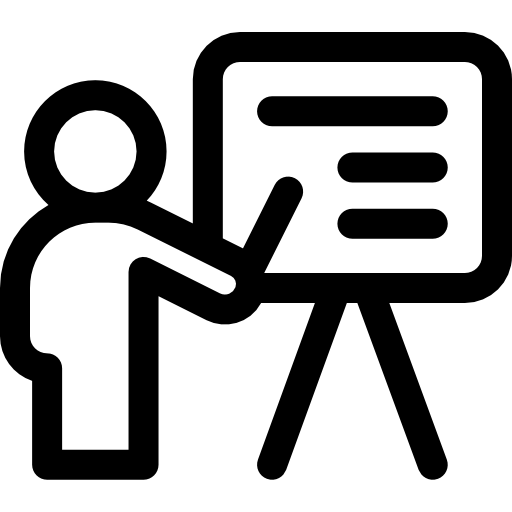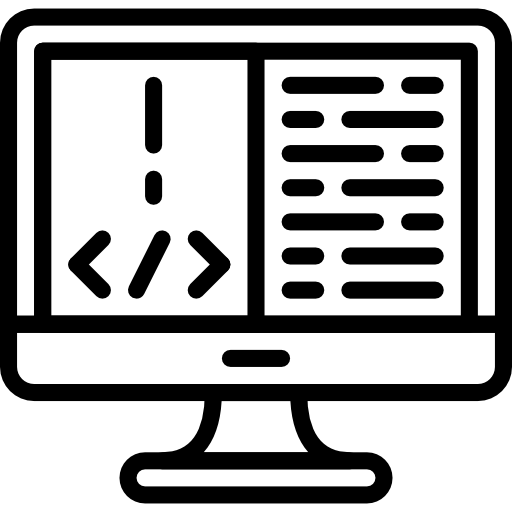CSE 11 Programming Assignment 3
Due Date: Tuesday, January 25, 10:00PM Pacific Time
Learning Goals
- Draw memory diagrams
- Practice with creating objects and classes
Collaboration
Different assignments in this course have different collaboration policies. On this assignment, you can collaborate with anyone in the course, but you must create your own memory diagrams and descriptions for answers. In your submission, give credit to all students and course staff who helped you with this assignment by noting their name and how you used their ideas or work. Note that using someone’s work without giving credit to them is a violation of academic integrity.
Submission Checklist
You can download the starter code for this assignment here:
https://github.com/ucsd-cse11-w22/cse11-pa3-starter
You should submit:
Task1.javatask1-diagram.png(or another image extension like.jpg)ExamplesR.javatask3-diagram.png(or another image extension like.jpg)
Task 1
Task 1 Code
In the file Task1.java, add the following class definitions
(you can copy/paste them from here):
class C1 {
C2 other;
C1(C2 other) {
this.other = other;
}
}
class C2 {
int x;
C2(int x) {
this.x = x;
}
}
Then add a class definition called Task1 with the following fields:
- A field named
firstof typeC2with itsxfield equal to 10 - A field named
secondof typeC1. It’s value should be a reference to aC1object with itsotherfield set to anyC2object other than the one stored infirst(you can create anotherC2object for this). - A field named
thirdof typeC1. Its value should be a reference to aC1object. ThatC1object should have itsotherfield hold a reference to the same C2 object as the one stored infirst.
Task 1 Memory Diagram
Then, create a memory diagram of the objects you created. Focus on the objects
as they appear in the output and as created at the end of the program (there are
no meaningful stack frames to draw). Submit the memory diagram in
task1-diagram.png (or another similar image file type). Submit the code in
Task1.java.
Your memory diagram should include:
- All of the objects created, with accurate field values and class names
- A unique reference for each object
- Accurate uses of references between objects
You can draw it on paper and take a picture, draw it digitally, or use a tool like Google Drawing to create it.
Task 2
Create a class named R that has two fields: one of type String and one of
type R. Give it the usual constructor that initializes both fields. Put the
class in a file called ExamplesR.java. Add an ExamplesR class to this file,
and answer the following question with code and comments in that file:
Construct an example R object. Were you able to? Copy the output of running
your program into a comment in ExamplesR.java if you were able to, and explain
why you think it’s not possible if you weren’t.
Submit the ExamplesR.java file for this task.
Task 3
In Lecture 9 we
discussed drawing traces and memory diagrams for the RectRegion class. Draw a
trace of the method call to contains in the following example:
RectRegion pa3Rect = new RectRegion(new Point(10, 20), new Point(30, 40));
Point p = new Point(50, 60);
boolean result = this.pa3Rect.contains(this.p);
Make sure to include:
- The relevant objects with unique references and accurate field values
- The
RectRegionobject and its fields - All three relevant
Pointobjects and their fields
- The
- A method body for each method call with either values substituted or a stack
frame showing accurate values for parameters (including
this) - The value resulting from each method call
Submit the memory diagram as task3-diagram.png (or another image filetype).
 Schedule
Schedule Calendar
Calendar Syllabus
Syllabus Questions
Questions Material
Material Assignments
Assignments Help Hours
Help Hours